In SEO, keeping an eye on details, such as the use of a trailing slash (a slash that ends a URL) or other elements of the URL structure, is important because it affects the indexing and display of a site in search results. Find out how to take care of this detail and why it’s worth doing.

Chcesz zwiększyć zyski dzięki SEO?
Przygotuję strategię działania i razem z moim zespołem wdrożę ją dla Ciebie.
What is trailing slash SEO?
The term “trailing slash” in the SEO context refers to the use of a slash (“/”) at the end of a website URL. There are two main options for trailing slash:
- URL with trailing slash:
- Example: https://www.example.com/strona/
- Treated as a separate directory on the server.
- URL without trailing slash:
- Example: https://www.example.com/strona
- Direct reference to a specific page or resource.
Impact of trailing slash on SEO
Trailing slash can affect SEO in the following ways:
Duplication of content
Search engines may treat URLs with and without trailing slash as different pages, leading to potential duplication of content. This is important because search engines aim to index unique pages.
Internal and external links
URL structure affects internal and external links. If there are links leading to both the version with and without the slash, this can lead to a loss of link value.
Readability and user experience
The URLs are visible to users. Therefore, it is worth ensuring that they are clear and logical. Versions with or without a trailing slash can affect how users perceive the site’s structure.
Canonization
Choosing a version with or without a trailing slash may affect the canonization of content. This is the process of determining which version of a URL is preferred by search engines. Ambiguity can lead to problems with canonization.
Summary
It is worth noting that there are different approaches to choosing a version with or without trailing slash, and there is no clear rule that says which is better. It depends on your site’s preferences and SEO strategy. The key is to be consistent across your site and choose your preferred version (with or without trailing slash) and adjust your server settings and site configuration so it works properly.

















